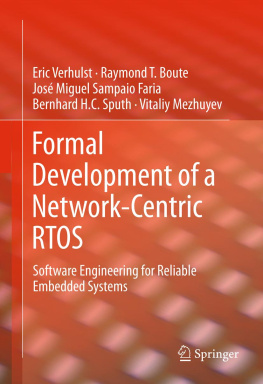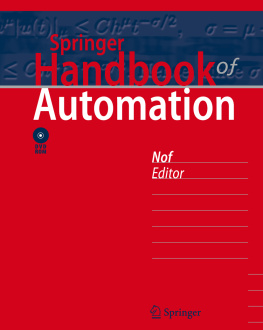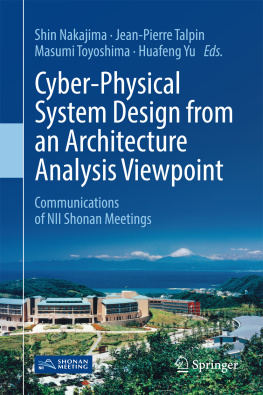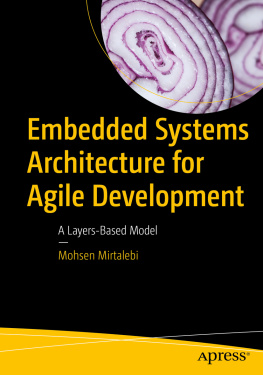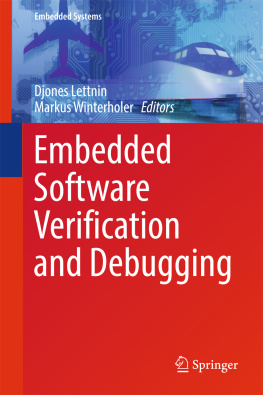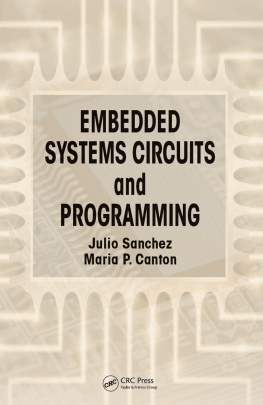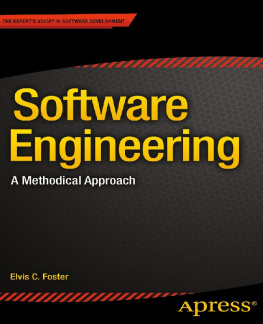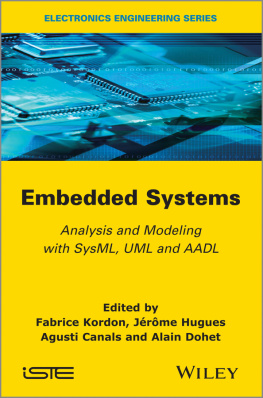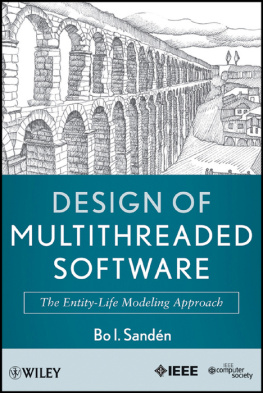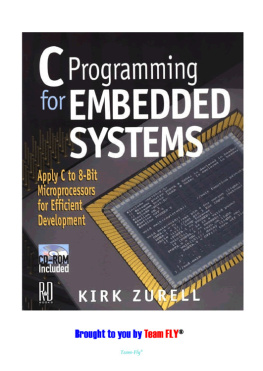OpenComRTOS is part of a systematic, formalised systems and software engineering methodology for embedded systems with a supporting environment and tools. While OpenComRTOS can be used independently of it, users will benefit from using the methodology in an integrated way. This methodology is characterised by two key concepts: unified semantics and interacting entities. When used in combination, they result in a better control of the engineering process leading to the development of systems and products. OpenComRTOS plays an important role in this approach as it is the system software layer allowing the mapping of the abstract interacting entities at the modeling level into concrete concurrent instances.
1.1 Introduction
Our economy, our social and political environment can be considered as a system of systems. As citizens, we want these systems to work for us and to improve our lives. Technology and engineering are playing a growing and important role in it. The main reason for this fact is that technology allows us to do more with less. Technology provides us with efficiency. The task of the engineer is to put technology at work and to develop systems and products that provide us with added value. This applies to many domains, even in domains where technology only plays a supporting role and the role of the human is still dominant.
The authors of this book are mostly concerned with the domain of so-called embedded systems. While there is no unique definition for this domain, think about it as the domain of devices and systems that have a processor and software inside, often fully invisible to the user. It came into being when the transistor was invented. This was the start of the digital electronics era. Digital implies that it became more and more practical for engineers to start building systems based on the concept of state machines. What the solid-state transistor changed was that because of its shrinking size, many of these components could be used together to build very large scale state machines. A typical example is the processor in a desktop PC, now containing several of such devices, each having close to a billion transistors. Even a small processor can contain a few 10,000 to a few 100,000 transistors. On top of that, engineers made these components programmable. This comes down to using components whose functionality changes all the time (essentially at the rate of their clocks, often measured in MHz or GHz). The programs they run are composed of elementary instructions, meaning that the use of programs increases the size of the state machine exponentially. How do we ensure that such systems can be trusted to be correct?
This is not an easy task. Before electronics, most systems were analogue or mechanical ones. Such systems often require a lot of energy and are bulky, but usually they are quite trustworthy. The reason for this is that such systems inherently provide what is called graceful degradation. Their state space is continuous and hence infinite, but when the material properties are affected by e.g. wear and tear, a mechanical system will keep delivering its function, even when it will have become less efficient. This is the property of graceful degradation. Of course, at some state, the system will break down as well, but there will be ample warning (if one cares to look and listen).
Digital electronic systems are often designed and manufactured in such a way that each individual transistor remains in a safe domain over its anticipated lifetime, just like with mechanical system. The difficulty comes from the fact that in an electronic system, these transistors are connected and therefore they create a large state machine. When a single transistor or its connections to another transistor fails for some reason, the system might continue to work but there is also a non-zero probability that the failure will bring the whole system to a halt. Often this means it goes into an illegal, read: undefined, state. Fortunately, in (small) digital electronics the state space is still combinatorial and in principle, one can simulate the system across all these states or one can even design a test set-up that will exercise all possible states, allowing to verify that the design prevents the system from reaching such an illegal state, even if such an event is very unlikely under normal operating conditions. The issue is that reaching such an illegal state can become very likely when the operating conditions are no longer normal (e.g. because the external conditions put the device outside its normal operating conditions). Often, the result will be catastrophic.
The problem really becomes horrendous when we look at embedded software running on such an electronic component. The issue is that now the size of the state space is exponentially expanded. This is partly due to the way software instructions are encoded in the hardware. If a single bit is changed, the behaviour can become entirely different. In addition, programmable electronic components are often built as so-called von Neumann machines. The processor instructions are executed in sequence. The program will also contain branching points, meaning that the resulting state space can grow very large, even under normal operating conditions. Moreover, embedded software will often not have the property of graceful degradation. If for some reason the next instruction is not the right one, the system can come to a halt in nanoseconds and standard processors cannot recover from such errors. A hard reset and rebooting from the beginning is often the only sensible option. Most of us are familiar with this notion, often called a blue screen, but very few know that an ordinary PC will have at least one memory bit flipped per day due to cosmic radiation. While this is often innocent, when such an event occurs in a safety critical system, lives can be at stake.
Given that the state space is now exponential and that it is physically impossible to test all possible states, how can we then have confidence in embedded software? The solution engineers adopt is to prove that the software will be correct (this holds under the assumption that the hardware is correct as well). This is essentially not different from what engineers do in other domains. For example, construction and material engineers will often not test their construction to see when it will fail. No, they will develop a mathematical model and calculate the breaking point based on the assumption that their raw materials were correctly manufactured. This allows them to apply a hefty safety margin to their design. Unfortunately, software cannot be made robust by adding somewhere a safety margin, hence we must calculate it exactly. This is what the emerging field of formal techniques is all about and this book is about its application to the development of a crucial embedded software component: a network centric Real-Time Operating System.

